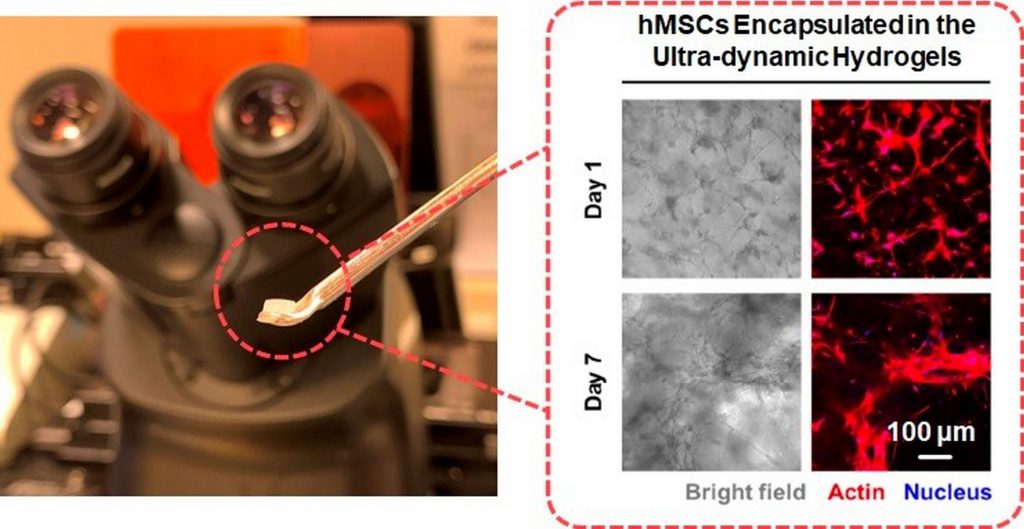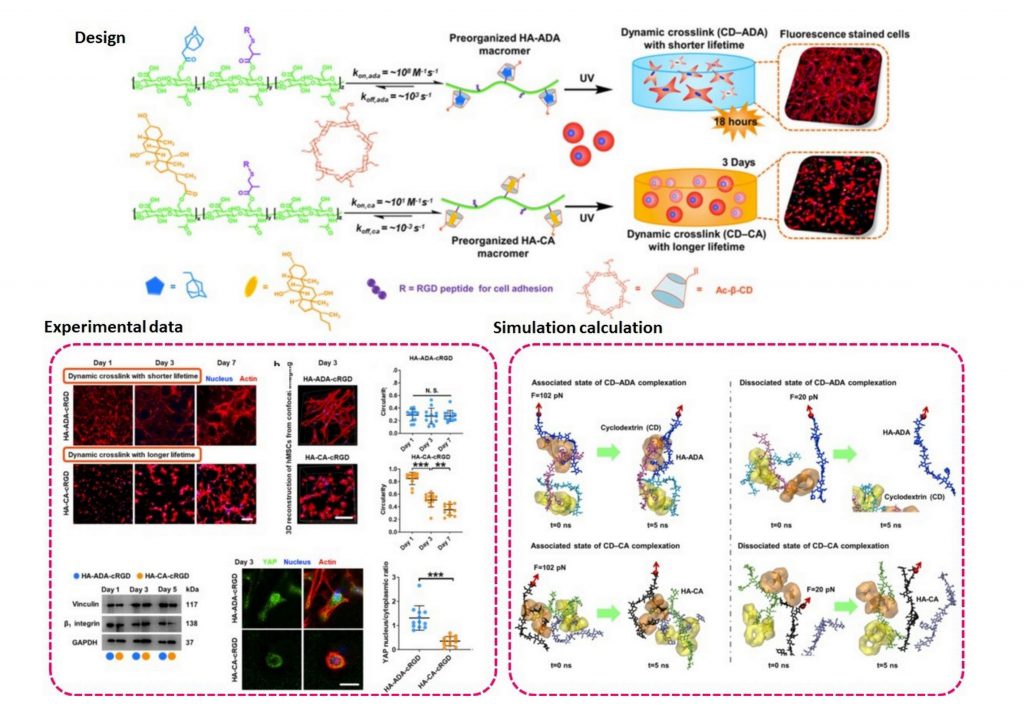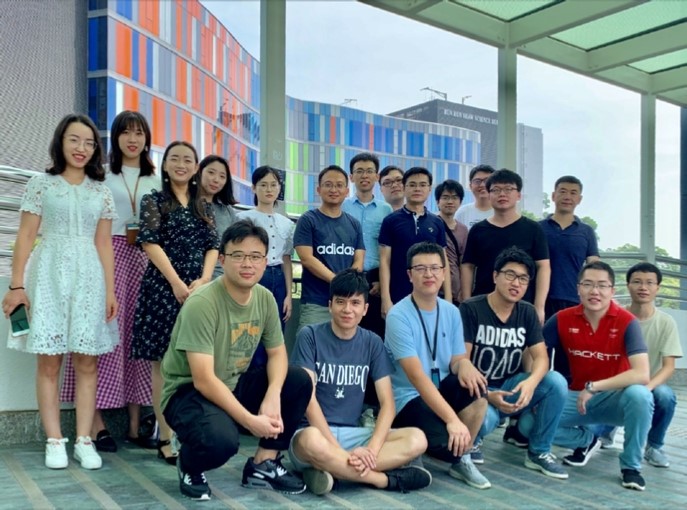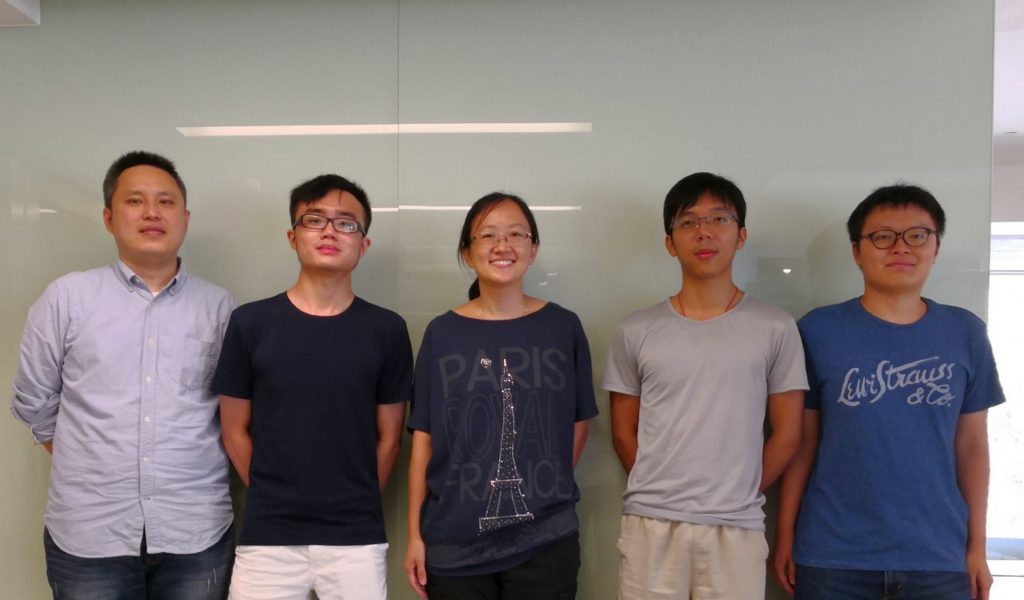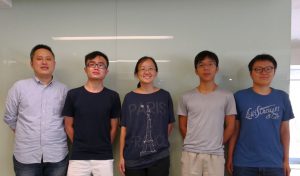CUHK
News Centre
CUHK Engineering Research Team Develops Novel Ultra-dynamic Hydrogel to Promote Differentiation of Human Stem Cell and Development of Tissue Engineering Materials
A research team co-led by Professor Bian Liming from the Department of Biomedical Engineering, Faculty of Engineering, and Professor Wang Yi from the Department of Physics, Faculty of Science, The Chinese University of Hong Kong (CUHK) has recently developed a super dynamic cross-linked hydrogel that can promote the differentiation of human bone marrow mesenchyme stem cells (hMSCs). The research is of great significance for the development of tissue engineering repair materials. The research results have recently been published in the prestigious scientific journal Nature Communications.
The concept of tissue engineering is to develop biological materials to repair, replace and improve the damaged organs and their functions in the human body. Hydrogels are biomaterials that are cross-linked to form a 3-D network. They can be used as a carrier that mimics the human extracellular matrix, encapsulating human stem cells or the patient’s autologous cells, and be implanted into the patient’s tissue defect site so as to promote tissue repair and achieve an ideal therapeutic effect. There is more evidence to show that the surrounding environment of human cells (extracellular matrix) has high dynamic mechanical properties. It indicates that the dynamic mechanical properties of hydrogels have an important role in promoting the normal functions of the stem cells and human cells implanted in the human body.
Professor Bian Liming’s team focuses on the development of medical hydrogel engineering and is one of the teams researching the most cutting-edge hydrogel technology which has a leading position internationally. In 2017, Professor Bian’s team successfully developed a new class of supramolecular hydrogels with a super dynamic microstructure based on the natural polymer of hyaluronic acid. The hydrogels can spontaneously adjust their microstructure to effectively support the massive proliferation, rapid assembly and directional differentiation of stem cells in the three-dimensional hydrogels, thereby promoting the repair and regeneration of damaged tissues and organs.
Professor Bian explained that the supramolecular hydrogels provide an excellent three-dimensional cell culture experiment tool for basic biomedical research such as stem cells and tumour in vitro models, and can be used as an effective delivery vehicle for therapeutic cells to serve many transformational types including regenerative medicine. “Hydrogels have unique physical properties and high biocompatibility. They can mimic the components of extracellular matrix and promote the replenishment of endoprogenitor cells. As a carrier of stem cells, the gels with ultra-dynamic mechanical properties encapsulated with the cultivated stem cells can be injected into the defect site to support the spreading and directed differentiation of the cells in them. They will assist the body in self-recovery and rebuild tissues, which can provide a strong foundation for the future development of regenerative medicine.” Professor Bian added.
About CUHK Biomedical Engineering
The Department of Biomedical Engineering was established on 1 July 2017 and is the first university department of biomedical engineering in Hong Kong. The primary focus of the department is on advancing technology and innovation to solve human health problems. Its specialty covers four areas, namely, medical instrumentation and biosensors, biomedical imaging and informatics, biomaterials and regenerative medicine, and biomolecular engineering and nanomedicine. For more details about the department, please visit www.bme.cuhk.edu.hk.
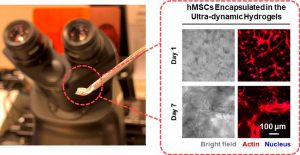
The super dynamic cross-linked hydrogels can promote the differentiation of human bone marrow mesenchyme stem cells.
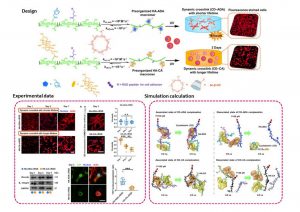
The theoretical simulation and experimental validation of the capability of cell-adaptable ultra-dynamic hydrogels to support stem cell 3D growth and development.


